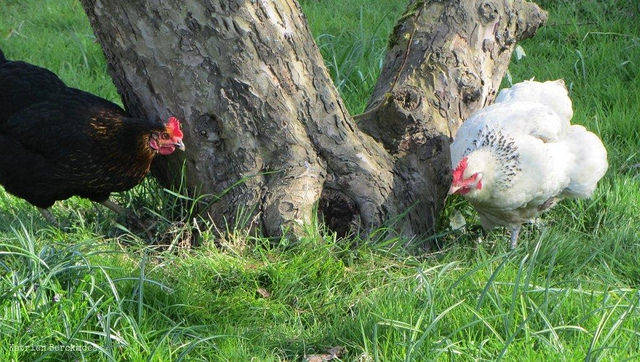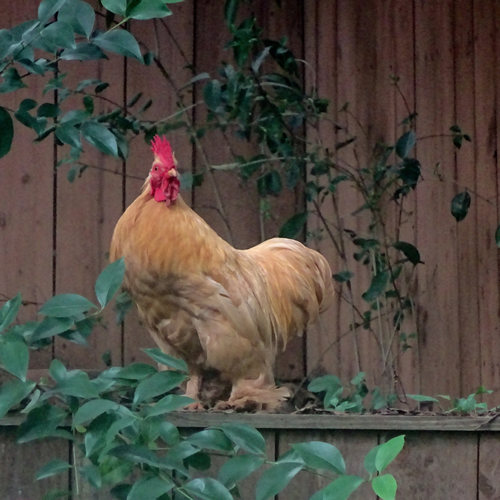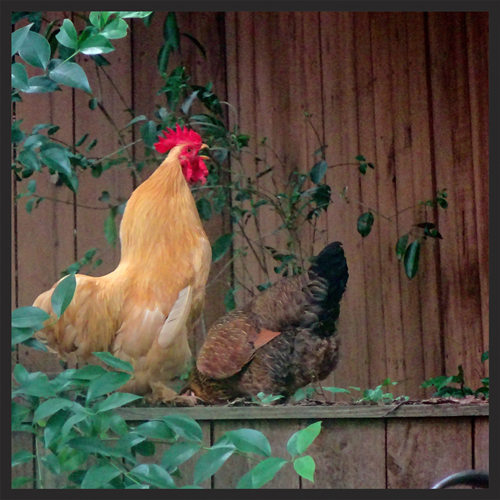For a lot of people, when thinking of chickens they think of the docile slightly rounded little brown hen, as featured in many farmyard scenes in films, free range eggs tv ads and books over the years. We imagine clucking, an occasional non-progressive flapping, but usually two feet on the ground, bottom in the air and beak in the grass. In many ways this is true. However, this is not the case for all chickens, and is something to be kept in mind when building or purchasing a chicken coop (specifically the run part), or adopting a chicken-keeping lifestyle at all (fences may need to be raised if you don’t want your chickens to go visiting with your neighbours).
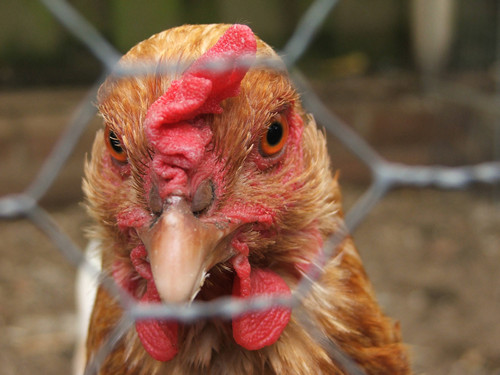
The History
In the wild, the red jungle fowl, the original ‘chicken’ so to speak, predominantly used flight in order to quickly remove itself from the claws and jaws of its predators. Fight or flight. Lacking in teeth, armor, or venom, and with limited power if attempting to use spurs or their beak to defend themselves, their flight was (and still is) most effective for quick getaways (in comparison to raptors or owls, which utilize their flight for hunting and swift, distant travel, as well).
As the red jungle fowl evolved overtime, and coupled with mans active development of her as an egg layer, this inability to travel far distances only grew. With the majority of food and care provided for domestic chickens needed their evolutionary traits to escape from predators less and less.
Motives for Flight
Chickens are fundamentally grounded birds as dirt and grass usually provide their most easily accessible and in turn primary forms of food. Why would you want to fly anywhere when you can peck and scratch to your hearts content in your own yard? (in between sunbathing, dustbathing, roosting and chasing insects of course). Chickens are not extremely frequent fliers for the most part although some of the smaller breeds can be a bit more ‘flighty’ and decide to roost in a tree or scratch about in your neighbours yard if the fence is low enough. Instances in which a chicken is startled or frightened will cause it to flap a few inches above the ground in a flurry of panic and feathers (mine also use their wings for extra speed when running to get to any treats that are about to be handed out). Additionally, chickens may fly to meet particular goals such as escaping the pen/fenced area to have a nose about somewhere new, or when attempting to assert themselves within a group, by way of loud squawks, puffed up feathers, and the belligerent beating of wings.
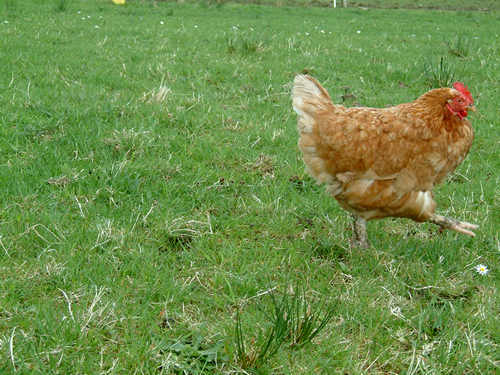
How High Can They Go?
The height by which a chicken is able to fly and maintain flight is dependent upon the mass of the bird and size of the wing. In general it is the smaller bred chickens, such as the various “bantam” breeds, or the lighter built breeds such as leghorns and their like which tend to be most airborne breeds, being able to fly anywhere from 25-50 meters. In addition, Araucanas or Red Stars are known to enjoy flying, and will often be found flitting around the yard or “mysteriously” appearing on rooftops or tree branches. In terms of heavier breeds, the Orpington, Australorp, and Barred Rock for example, are all the least inclined and rarely found flying chicken varieties. They tend to jump up to higher levels – in stages if there are any – for example my orpingtons will jump onto a concrete block by my coop, then the nestbox, then the coop roof itself (which is only about five feet high) rather than ‘fly’ up there. There is some flapping to get down but it doesn’t take them too far.
The lightest chickens will sometimes be capable of flying over lower fences or walls, some even managing to go above 6 feet. Chickens tend not to be the most overtly active creatures, and many will either not feel the need to fly, have the ability to fly reduced by ‘wing clipping’, or are just too rotund to want to try anything too exhausting (I know that feeling!).
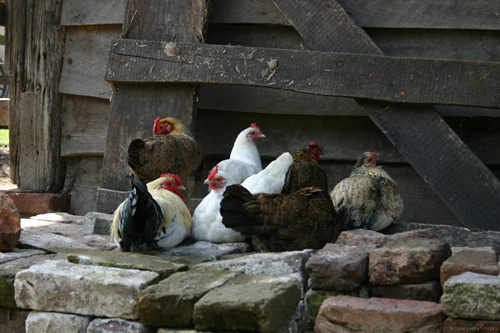
Solutions and Conclusions
As with most birds, chickens do possess the ability to fly to some extent, though domestication has reduced its necessity as a whole. Certain breeds and varieties of chickens have been found to be either excellent, terrible, or somewhat wonky fliers and some are either less inclined or simply less capable. With even the best flyers you are more likely to find that they have used their ability to get into a tree or over a fence than you are to see them circling the coop in the air.
Once a chicken has a handle on where ‘home’ is (this is usually achieved by keeping them in their coop/pen for at least the first two weeks) they generally will return home to roost before it gets dark. It is highly preferable that they do get locked into their coop each night for their own safety. Of course no chicken has ever read the books telling them what they should do so you may find yours decide they like roosting on your porch or in a tree better. If that is the case a light on in the coop for an hour or two after dark may help persuade them to head there using their natural inclination to go towards a light if they keep leaving it too late to get settled where you want them to be before it gets dark. You may find manually putting them into the coop for a few nights is the most practical way to establish where they should be (if they haven’t flown up too high to reach). If they really hate to go into the coop there may be a reason such as rats, snakes, mites, lack of ventilation etc.
If you’re concerned about disturbing the neighbors or any possible catastrophes of lost chickens such as the possibility of them being taken by predators (or people), you may either consider clipping their wings or opting for a less mobile breed of chicken in the first place (a list of chicken breeds and their various attributes can be found here). Happy chicken-keeping!
